Car Hire in Venice Italy
Don't even think about driving in Italy if you've never heard of a ZTL zone. Here is all you need to know about ZTLs, as well as a whole lot of other things that will help you avoid huge fines.
First off, if you want to explore Venice, then a rental car is not necessary, and you can't drive anyway unless your car floats rather well.
In cities like Verona, Padua, and Vicenza, public transport, bicycles, and walking are far better options than a car. Car hire, however, does have its value; it is definitely the best way to explore the little towns and quaint country villages of the Veneto.
In fact, car rental is often the only way, unless you are a great cyclist, that you can even reach many of these places.
These out-of-the way little villages and hill towns also happen to be some of the gems of the Veneto. It is therefore essential for anyone wanting to get an authentic taste of the Veneto to have a car.
Many of my friends and family who visit me here are quite amazed at how pleasant it is to rent a car and drive in the Veneto. As Italian drivers go, these are among the best, and, with the cities being small, there is not the complete car chaos that you find in the more congested cities like Rome and Milan... let alone the driving nightmare that is Naples.
In terms of car rental, I find that it does pay to shop around well before you leave. Car hire at Venice or Verona airport is expensive, and car hire normally works out cheaper if organized before you leave. Plus, if you are traveling during busy periods like July and August, you need to book in advance, or you will risk arriving at the airport and finding no car available.
So, how do you find the best car rental deals in Italy? Well, most of the big car rental companies offer good deals at various times; companies like Hertz, Sixt, and Maggiore all have good reputations, but it is hard to keep an eye on all the promotional deals being offered at any one time. That's why, when I travel, I always use Discover Car Hire; they always find the best rental rates, and they help us pay the bills. If you book with them through our website, that is.
10 Essential Tips when Renting a Car in Italy
1. Book in Advance: Lock in a good deal and ensure availability by booking your rental car ahead of time. Italy’s popular spots get busy, and you don't want to be left without wheels!
2. Go for a Smaller Car: Italian streets, especially in historic towns, can be narrow and winding. A compact car will make navigating those charming but tight spaces much easier.
3. Choose a Manual: Most rental cars in Italy come with manual transmission. If you’re used to driving automatic, request one in advance, but be prepared to pay a little extra.
4. Understand ZTL Zones: I mentioned these at the top of the article. They are a nightmare for tourists (even locals at times), and I have heard many sad stories from desperate tourists who have racked up thousands in fines, and your travel insurance won't cover things like this. The ZTL zones and not confirming rail
5. Inspect the Car Thoroughly: Before driving off, give the car a good once-over for any existing scratches or dents. Make sure they’re documented in your rental agreement to avoid surprise charges later. See, our car inspection guide essentials below these 10 points.
6. Fuel Up Smartly: Rental companies often give you the car with a full tank, expecting it back the same way. Fill up just before returning it to avoid paying inflated refueling fees. Check the type of fuel you need to use too; if you aren't sure, get them to put it in writing. Even then, you aren't always okay. I was once given the wrong information... in writing. So be careful.
7. Know the Speed Limits: Italian speed limits are strictly enforced. Keep an eye on the signs, and remember that fines can be issued on the spot or mailed to your home address long after your trip.
8. Prepare for the Toll Roads: Italy’s highways (autostrade) are fast and efficient, but they do come with tolls. Have some cash or a credit card ready, and enjoy the ride—those scenic views are worth it! The alternative is to take the slow roads (which don't have tolls) and savor the journey. These roads often wind their way through stunning scenery and through towns and villages, and by traveling at a slower speed, they allow you to appreciate the scenery more.
9. Don’t Rely Solely on GPS: GPS is handy, but it’s not perfect. Keep a good old-fashioned map or a phone with a reliable data plan as backup, especially in rural areas where signals can be spotty.
10. Drive with Confidence: Italian drivers are known for being assertive, but don’t let that intimidate you. Stay calm, be aware of your surroundings, and remember—you’re on an Italian adventure!
Rental car Inspection Essentials
When inspecting a rental car, it's important to be thorough to avoid any unexpected charges later. Here are some key steps:
1. Check the Exterior: Walk around the car and look closely for any scratches, dents, or other damage. Pay special attention to the bumpers, doors, and mirrors. Take photos of any damage you find, even if it’s small.
2. Inspect the Interior:Open all doors and check the seats, dashboard, and carpets for stains, tears, or other signs of wear. Make sure all interior features (like the radio, AC, and windows) are working properly.
3. Test the Lights: Turn on the headlights, brake lights, and indicators to ensure they’re functioning. Don’t forget to check the reverse lights and interior lighting as well.
4. Examine the Tires: Look at the tire condition, including the tread depth and any signs of uneven wear or damage. Make sure the spare tire (if provided) is in good condition too.
5. Verify the Fuel Level: Note the fuel level before you drive off. It should match what’s indicated in your rental agreement. If it's different, inform the rental company immediately.
6. Check for Any Warning Lights: Start the car and see if any warning lights come on the dashboard. If you see anything unusual, report it to the rental agency.
7. Review the Paperwork: Make sure any pre-existing damage is clearly documented in your rental agreement. If something isn’t noted, ask the staff to add it before you leave.
8. Test the Brakes and Steering: Drive the car briefly in the rental lot to check that the brakes are responsive and the steering is smooth. This can help you spot any issues before hitting the road.
9. Verify the Equipment: Ensure that items like the car’s manual, a spare tire, a jack, and the necessary tools are all present. Check for safety equipment like reflective vests and warning triangles, which are obligatory in Italy. Also, if you are driving in the winter in many parts of Italy, you must ensure the car has snow tires fitted or snow chains on board. If not, you could be fined hundreds of euros.
10. Ask Questions: If you’re unsure about anything—like how to use certain features or the company’s policies on tolls and insurance—don’t hesitate to ask. It’s better to be clear before you drive away.
Please Book with Us... Maria here, if you enjoy my site I'd love your support.
Simply book your next trip anywhere (not only to Italy) via the link below or with any of the hotel links on the website.
You'll get the best deal available and the income I receive helps me to remain independent and to keep bringing you more of beautiful Italy.
More Travel Tips:
- Book your tickets to museums and other attractions in advance on Tiqets.com
- Book your accommodation. Booking.com and Agoda help you to book accommodation in advance
- Book your excursions. Wherever you go, make the most of your time! Excursions with professional guides will help you do this - choose a location and the best option for yourself on Viator or Getyourguide
- Book your car. At least a month before is best. Use Discover Car Hire.
- Cash Back on Flights: Great deals & money back with WayAway
- Get peace of mind when traveling. Get insured with VisitorsCoverage.com
- Home
- Getting to Venice
- Car Hire in Venice Italy
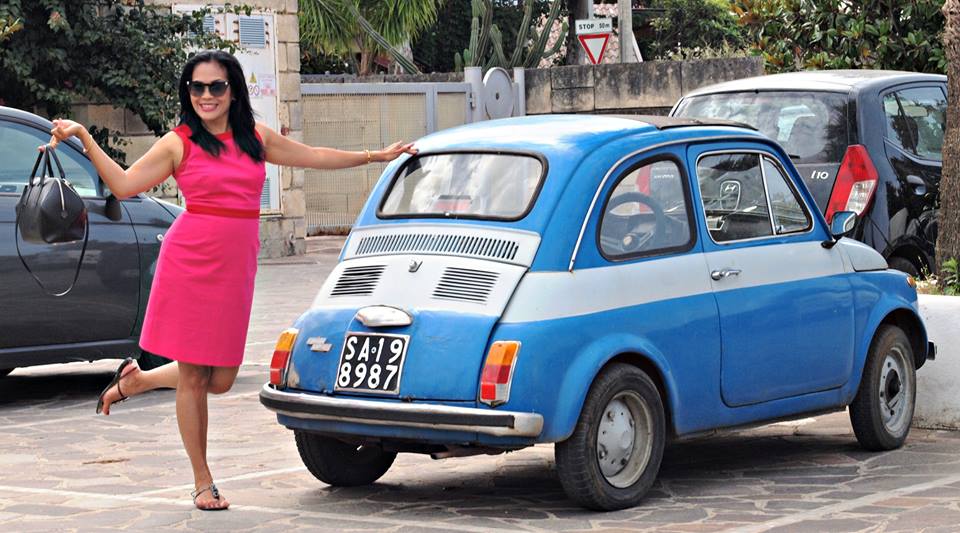
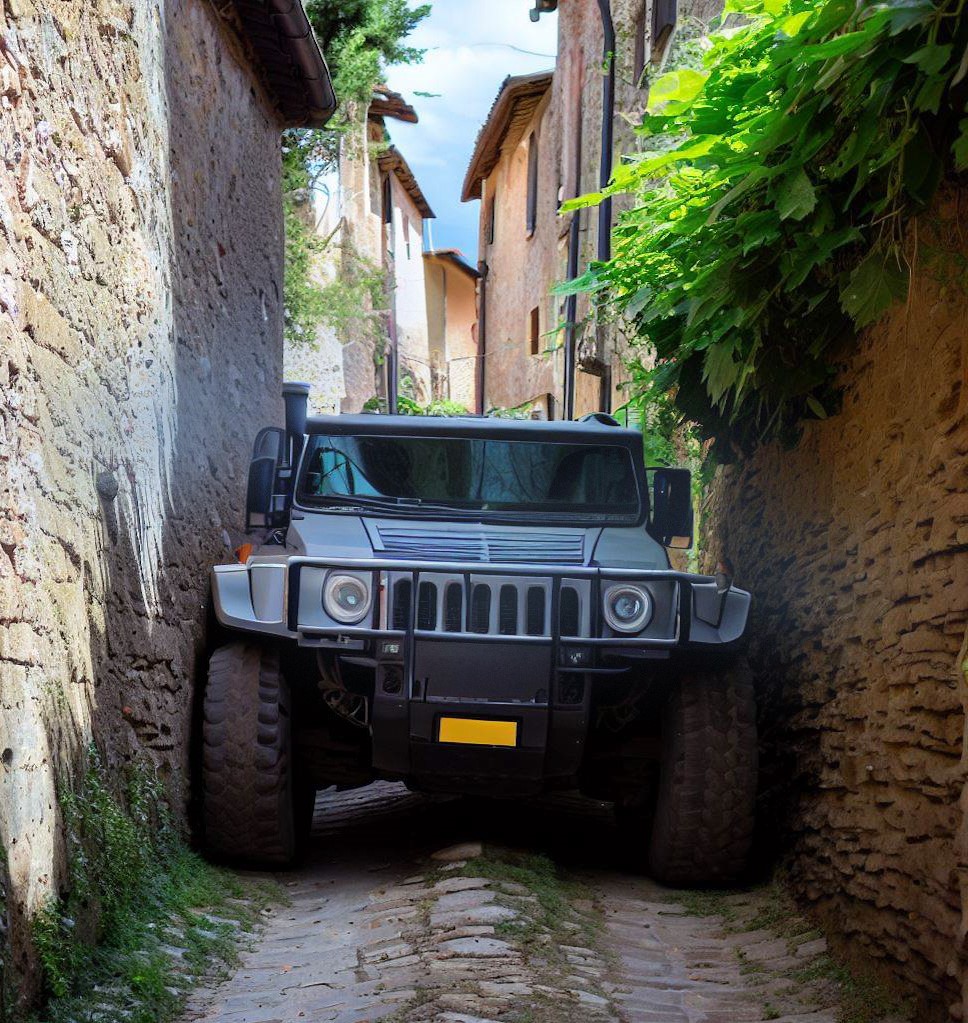
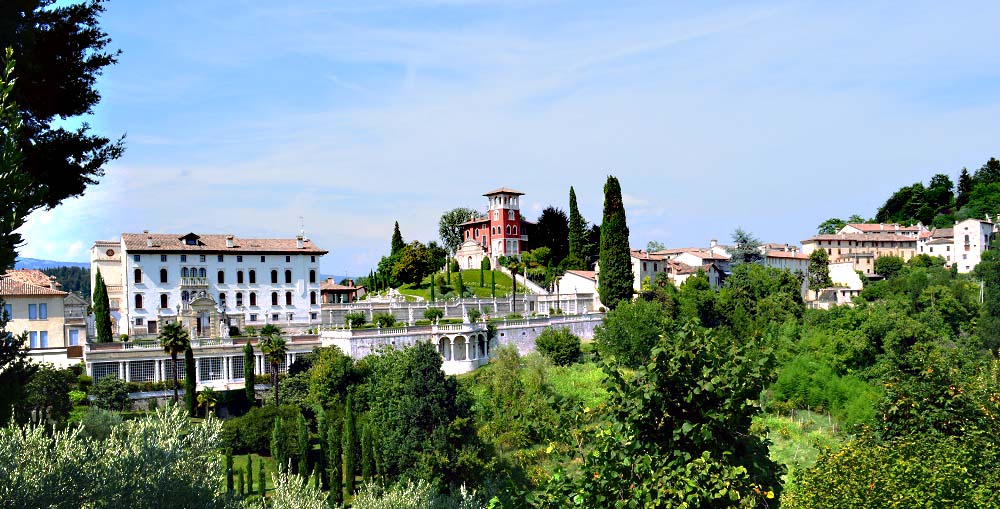
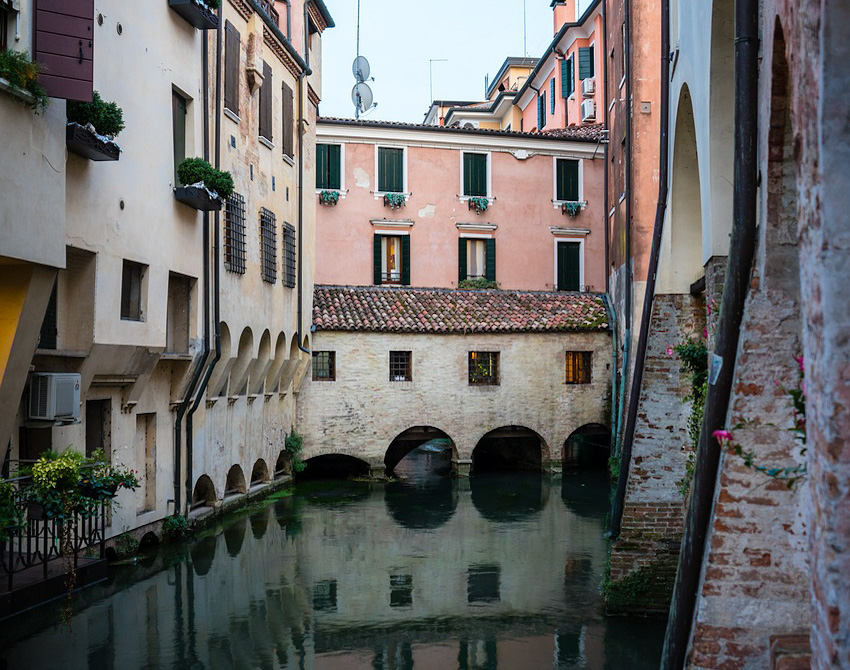












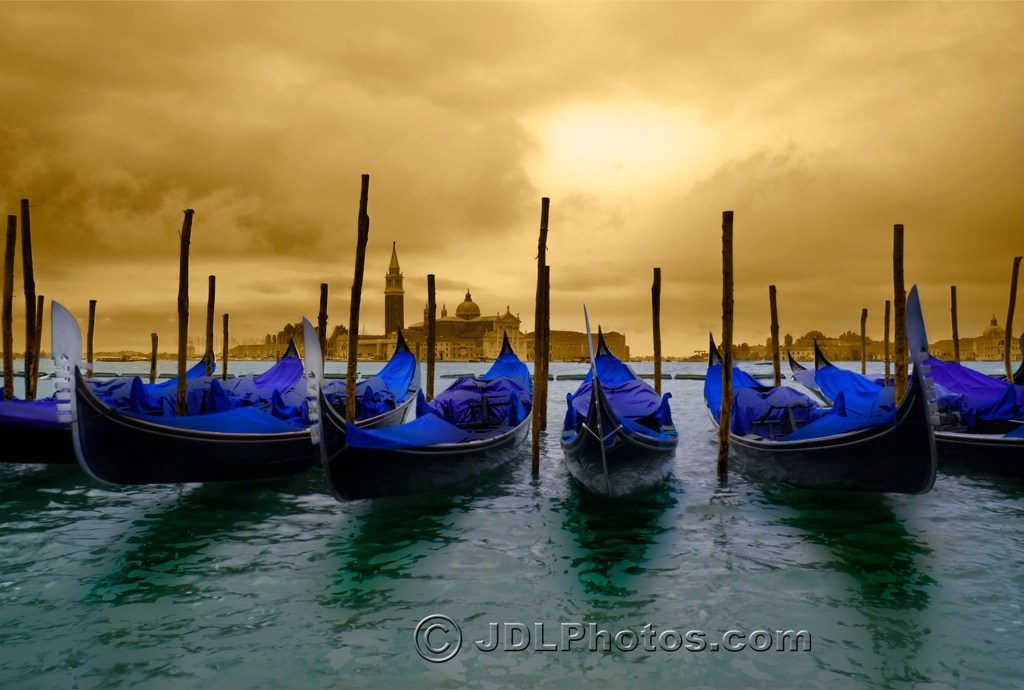
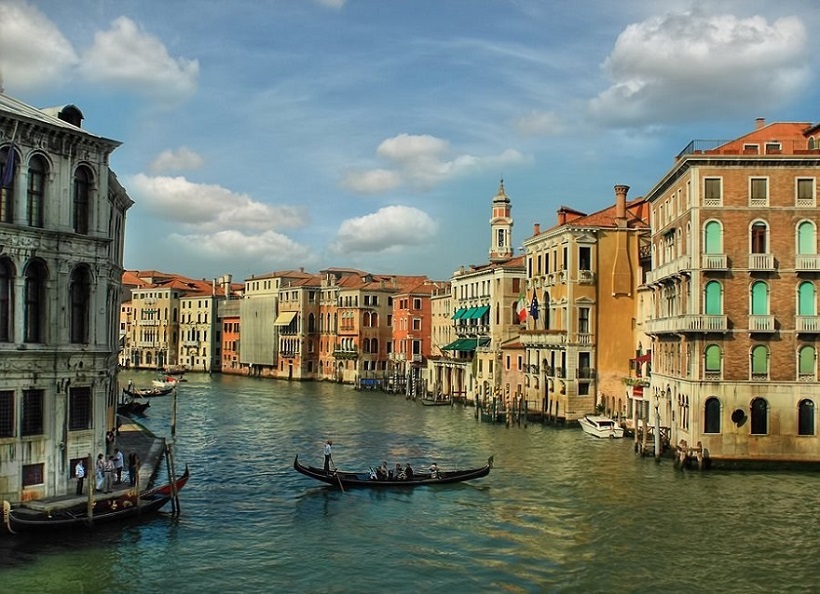
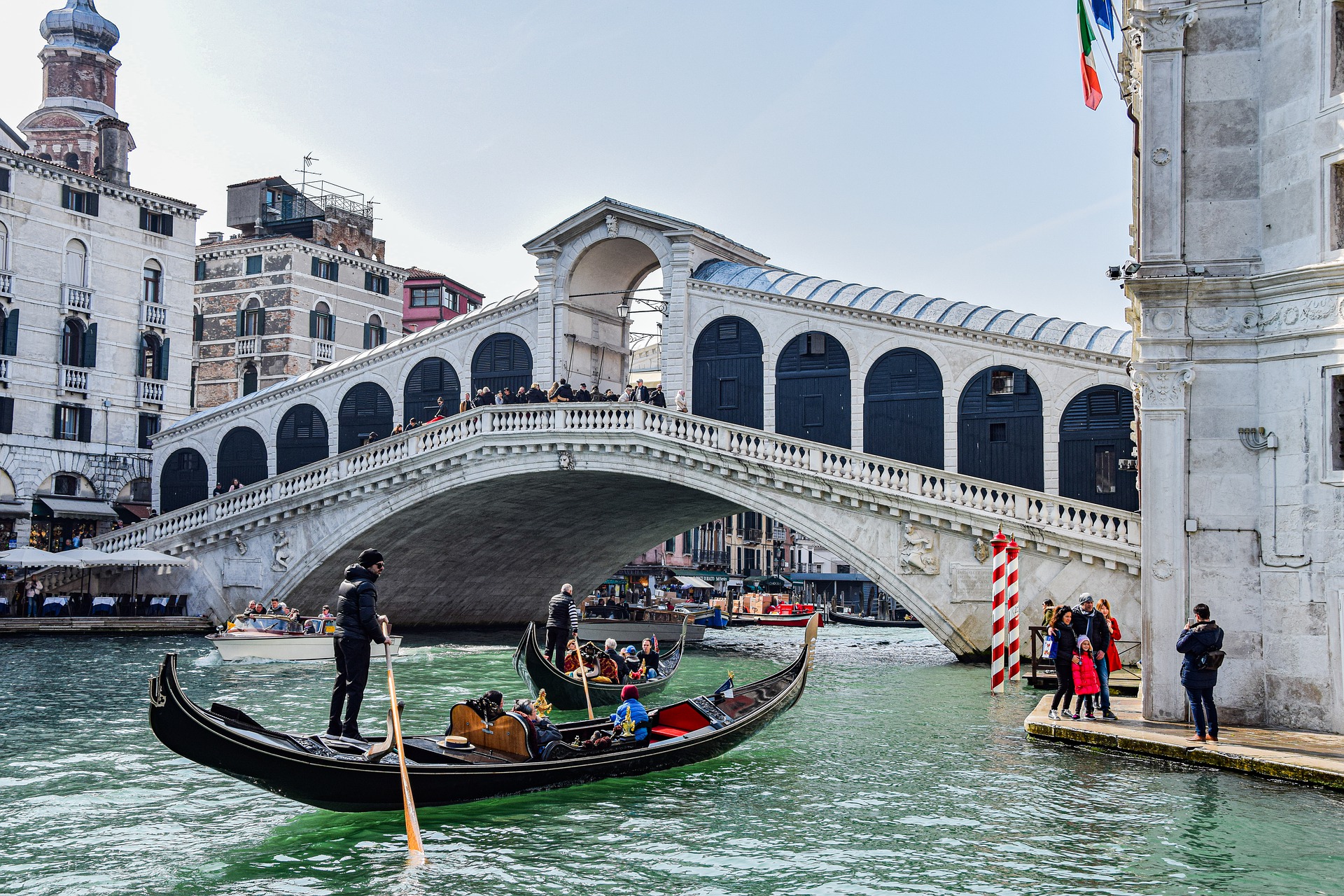










New! Comments
Have your say about what you just read! Leave me a comment in the box below.